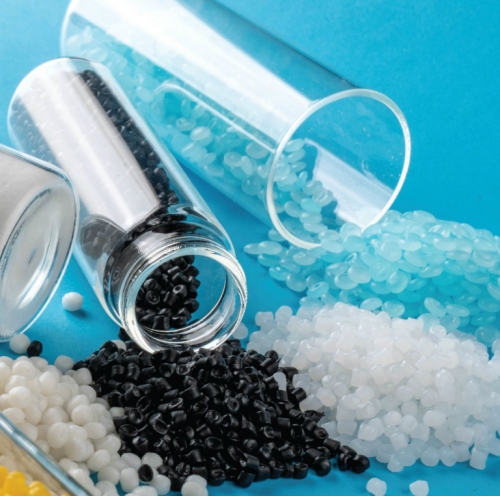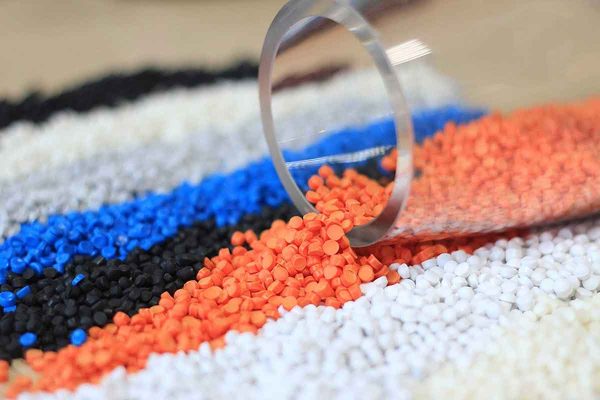Selecting the right compound for polymer performance plays a crucial role in manufacturing high-quality products. Polymer compounds, which consist of polymers blended with various additives, enhance properties like durability, flexibility, and thermal resistance. Each application requires a specific formulation tailored to meet functional, aesthetic, and environmental needs.
This guide provides insights into polymer compounds, their benefits, and how to choose the right one for your application.
What Are Polymer Compounds?
Polymer compounds combine base polymers with additives to enhance or modify specific properties. These additives may include:
- Fillers: Improve mechanical strength and reduce production costs.
- Plasticizers: Increase flexibility and reduce brittleness.
- Stabilizers: Protect polymers from thermal or UV degradation.
- Colorants: Add pigments for aesthetic appeal.
- Performance Enhancers: Impart fire resistance, anti-static properties, or impact strength.
Manufacturers tailor these compounds to meet precise specifications for diverse industries, such as automotive, electronics, packaging, and construction.

Benefits of Polymer Compounds
1. Enhanced Performance
Polymer compounds improve critical properties like tensile strength, thermal resistance, and flexibility. This allows manufacturers to produce durable and functional products that meet high-performance standards.
2. Cost Efficiency
By incorporating fillers and recycled materials, polymer compounds reduce material costs without compromising quality.
3. Customization
Manufacturers can tailor polymer compounds to meet specific application requirements, ensuring optimal performance for each product.
4. Improved Aesthetics
With colorants and texture modifiers, polymer compounds enable the creation of visually appealing products in various finishes.
5. Sustainability
Recyclable and biodegradable polymer compounds support eco-friendly manufacturing practices and reduce environmental impact.
How to Choose the Right Polymer Compound
Selecting the right polymer compound involves several considerations:

1. Understand Application Requirements
Define the specific properties needed for the application. For example:
- High impact resistance for automotive parts.
- UV resistance for outdoor furniture.
- Flexibility for packaging materials.
2. Evaluate Environmental Conditions
Consider factors like temperature, humidity, UV exposure, and chemical resistance that the final product will encounter.
3. Choose the Right Additives
Select additives that provide the desired enhancements, such as flame retardants, stabilizers, or fillers.
4. Focus on Sustainability
Prioritize compounds with recyclable or biodegradable components if sustainability is a priority for your business.
5. Conduct Testing
Perform thorough testing to ensure the compound meets both performance and regulatory standards for your industry.
Key Applications of Polymer Compounds
[table id=6 /]
FAQ: Polymer Compounds Guide
1. What are polymer compounds?
Polymer compounds are blends of base polymers with additives that enhance or modify their properties for specific applications.
2. How do I choose the right polymer compound?
Define your application needs, consider environmental conditions, and select additives that provide the required performance enhancements.
3. What industries use polymer compounds?
Industries like automotive, electronics, packaging, construction, healthcare, and textiles rely on polymer compounds.
4. Can polymer compounds be sustainable?
Yes, many polymer compounds incorporate recycled or biodegradable materials, supporting eco-friendly practices.
5. What testing is required for polymer compounds?
Testing typically includes mechanical strength, thermal resistance, chemical stability, and regulatory compliance evaluations.
Benefits of Choosing the Right Polymer Compound
[table id=7 /]
The Future of Polymer Compounds
As industries strive for innovation and sustainability, polymer compounds play a pivotal role in shaping the future of manufacturing. Advances in material science continue to expand the possibilities for creating eco-friendly, high-performance compounds tailored to meet evolving market demands.

By choosing the right polymer compound, manufacturers can achieve a competitive edge while addressing environmental and economic challenges.

